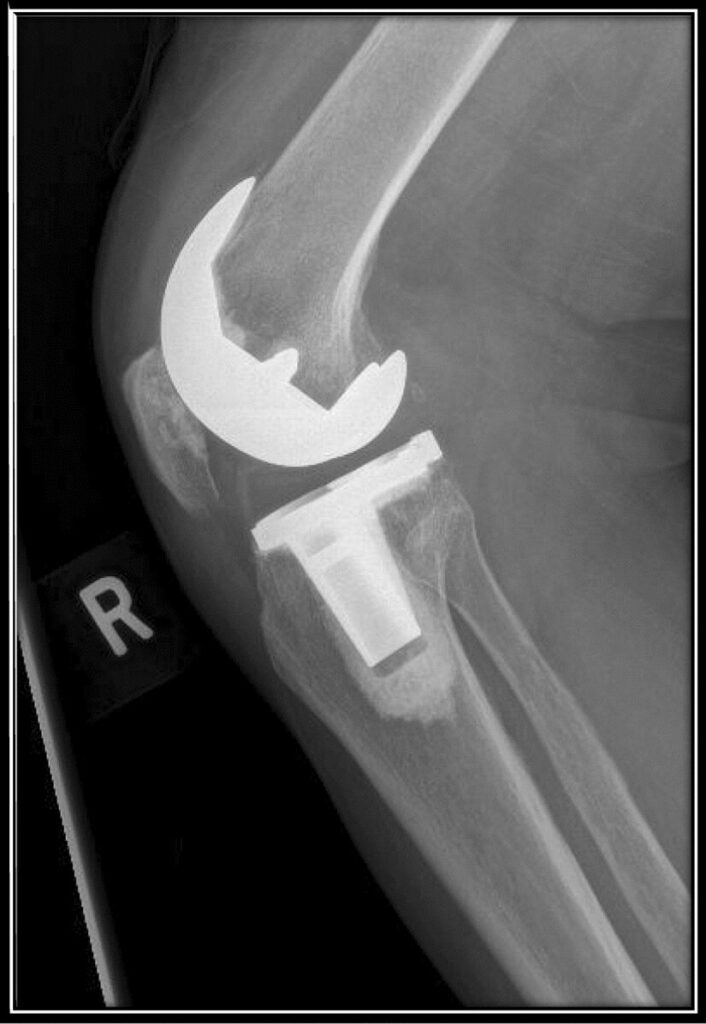Our highly experienced physiotherapist Matthew West at Cumberland Physiotherapy Parramatta will help you achieve the best possible result post surgery.
Physiotherapy (or physio) after a knee replacement is critical to recovery. It helps restore strength, mobility, and function while reducing pain and preventing complications like blood clots or joint stiffness.
Here’s an overview of what physiotherapy usually involves at different stages:
Immediately After Surgery (Hospital Stay: Days 1–3)
Goals:
- Prevent complications (e.g., blood clots, pneumonia)
- Begin gentle movement and walking
Typical Physio Includes:
- Ankle pumps (to improve circulation)
- Quadriceps sets (tightening thigh muscles)
- Heel slides (bending the knee while lying down)
- Standing and walking (with a walker or crutches, under supervision)
Early Recovery (Weeks 1–4) at Cumberland Physiotherapy Parramatta
Goals:
- Improve knee range of motion (target: 0–90° flexion by end of week 2–3)
- Build strength
- Reduce swelling and pain
- Increase independence
Common Exercises:
- Straight leg raises
- Knee bends (seated or lying)
- Assisted knee extension/flexion
- Step-ups
- Stationary cycling (as tolerated)
Other Therapies:
- Ice and elevation
- Manual therapy (if needed for stiffness)
- Scar management
Mid to Late Recovery (Weeks 5–12) at Cumberland Physiotherapy Parramatta
Goals:
- Achieve 0–120° or more flexion
- Normalize walking pattern
- Regain full leg strength and balance
Advanced Exercises:
- Resistance band exercises
- Single-leg balance
- Leg presses
- Walking on uneven surfaces
- Swimming or low-impact aerobics
Long-Term (3+ Months) at Cumberland Physiotherapy Parramatta
Goals:
- Return to normal daily activities
- Resume low-impact sports (e.g., golf, cycling, walking, swimming)
- Continue strengthening and mobility
Possible Additions:
- Sports-specific training (if appropriate)
- Work conditioning (if returning to a physical job)

